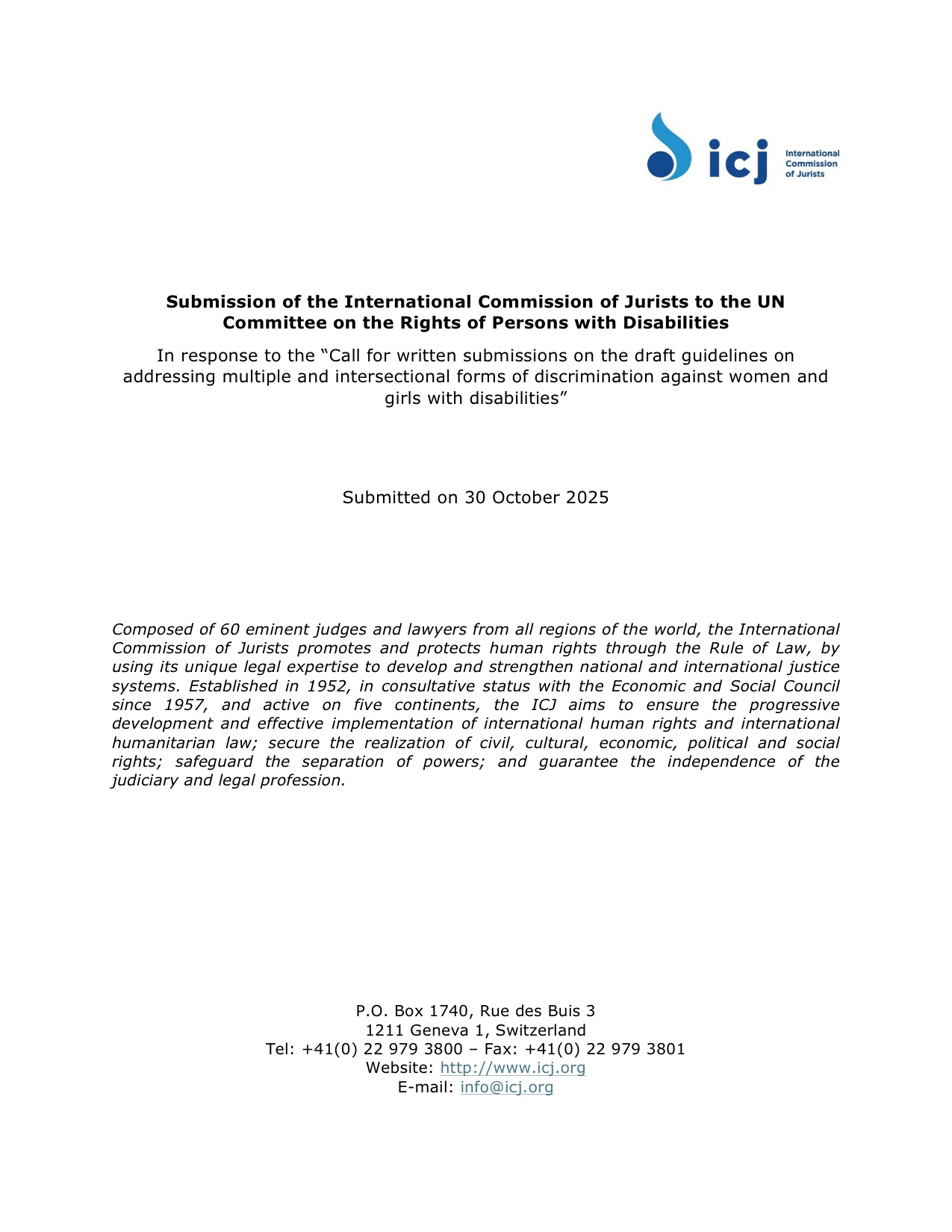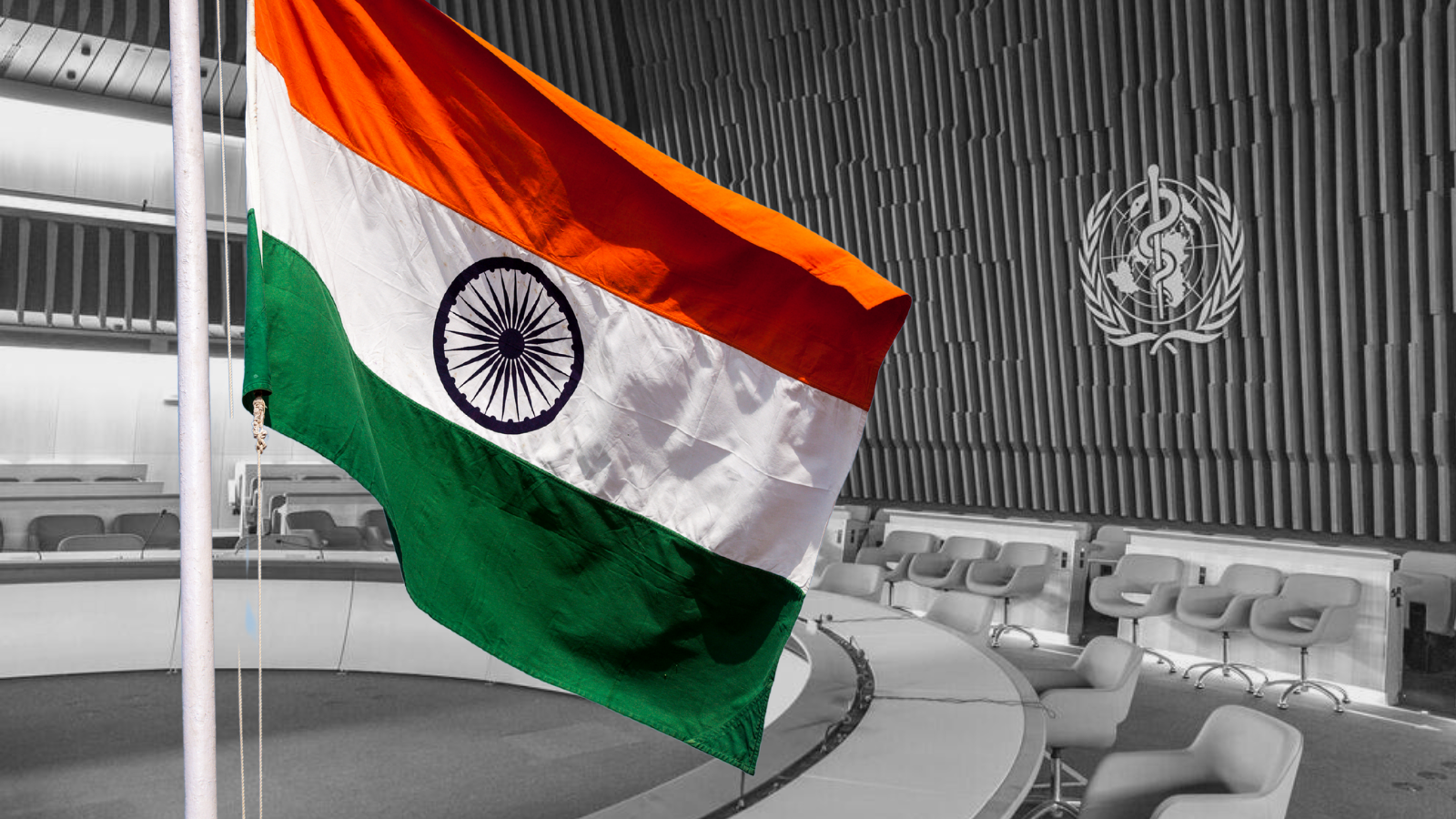New amnesty law for human rights abuses in Peru prompts fury, action – Al Jazeera

Peru’s Amnesty Law: A Challenge to Sustainable Development Goals for Justice and Institutional Integrity
Legislative Overview and Key Provisions
Peru’s Congress has passed a law that grants amnesty to members of the military, police, and other forces for human rights abuses committed during the nation’s armed conflict from 1980 to 2000. The bill, which now awaits presidential approval, has been met with significant opposition from human rights advocates.
- The law provides amnesty for individuals accused, investigated, or tried for crimes related to the conflict.
- It is projected to nullify 156 existing convictions and halt approximately 600 ongoing prosecutions.
- A specific provision grants “humanitarian amnesty” to sentenced individuals over 70 years of age.
- This legislation follows a 2024 statute of limitations for crimes against humanity committed before 2002, which also shielded military personnel.
Contradiction with SDG 16: Peace, Justice and Strong Institutions
The new law directly contravenes the core tenets of Sustainable Development Goal 16, which aims to promote peaceful and inclusive societies, provide access to justice for all, and build effective, accountable, and inclusive institutions at all levels.
- Erosion of Justice (Target 16.3): By blocking legal recourse, the legislation denies the right to justice for thousands of victims of extrajudicial executions, forced disappearances, torture, and sexual violence, as highlighted by Amnesty International.
- Promotion of Impunity (Target 16.6): The law fosters a culture of impunity that undermines the development of accountable and transparent state institutions. The UN’s national human rights coordinator, Volker Turk, noted that “impunity does not hide the crime, it magnifies it.”
- Violation of the Rule of Law (Target 16.3): Critics argue the law is unconstitutional and violates Peru’s obligations under the Inter-American System of Human Rights. The Inter-American Court of Human Rights has previously declared similar Peruvian amnesty laws invalid for breaching international standards.
Exacerbating Inequality in Violation of SDG 10
The legislation disproportionately affects marginalized communities, undermining SDG 10’s objective to reduce inequality within and among countries by ensuring equal opportunity and inclusion.
- Impact on Indigenous Peoples (Target 10.2): Peru’s Truth and Reconciliation Commission established that the majority of the conflict’s approximately 70,000 victims were Indigenous Peruvians. This law systematically obstructs their search for truth, justice, and reparations.
- Denial of Equal Opportunity (Target 10.3): The amnesty constitutes a discriminatory policy that denies victims of state violence equal access to the justice system, thereby deepening existing social and ethnic inequalities.
- Hindering Truth and Reconciliation: The existence of over 4,000 clandestine graves from the conflict underscores the scale of unresolved atrocities. This law impedes efforts to locate remains, identify victims, and provide closure to families.
International Condemnation and Planned Legal Recourse
In response to the law’s passage, a coalition of human rights organizations has announced plans to challenge its validity through international legal channels, citing its incompatibility with international law.
- Lawyers for victims, including the Pro Human Rights Association, have confirmed they will appeal to international bodies.
- The Inter-American Commission on Human Rights and the Inter-American Court of Human Rights have already been alerted to the situation.
- Further actions are planned to bring the matter before the United Nations.
This strategy is based on historical precedent, where the Inter-American Court has successfully overturned two previous amnesty laws passed in Peru in 1995, affirming the inalienable right to justice for victims of gross human rights violations.
SDGs Addressed in the Article
SDG 16: Peace, Justice and Strong Institutions
- The article directly addresses themes central to SDG 16 by focusing on the struggle for justice for victims of human rights abuses, the rule of law, and the accountability of state institutions in Peru. The debate over the amnesty law for military and police personnel highlights the tension between peace and justice. The article discusses “impunity,” the “right to justice,” and the actions of the Peruvian Congress and international human rights bodies, all of which are core components of SDG 16.
SDG 10: Reduced Inequalities
- This goal is relevant as the article notes that “the majority of the conflict’s victims were Indigenous Peruvians.” This indicates that the violence and the subsequent struggle for justice have disproportionately affected a specific, often marginalized, group, which is a key concern of SDG 10. The failure to provide justice for these victims exacerbates existing inequalities.
Specific SDG Targets Identified
Target 16.3: Promote the rule of law at the national and international levels and ensure equal access to justice for all.
- The article is centered on this target. The proposed amnesty law is described as a measure that would violate the “right to justice of thousands of victims of extrajudicial executions, forced disappearances, torture, and sexual violence.” The efforts by lawyers and human rights organizations to appeal to the “Inter-American Commission on Human Rights,” the “Inter-American Court of Human Rights,” and the “United Nations” represent an attempt to uphold the rule of law at both national and international levels and ensure access to justice is not denied.
Target 16.6: Develop effective, accountable and transparent institutions at all levels.
- The actions of the Peruvian Congress in passing a law that, according to critics like the UN’s human rights coordinator, promotes impunity, raises questions about the accountability and effectiveness of national legislative institutions. The fact that lawyers are bypassing domestic avenues to “seek its invalidation” at the international level suggests a lack of faith in the accountability of the country’s institutions to deliver justice.
Target 16.1: Significantly reduce all forms of violence and related death rates everywhere.
- While this target focuses on current violence, the article’s discussion of impunity for past atrocities is relevant to preventing future violence. The UN coordinator’s statement that “impunity does not hide the crime, it magnifies it” implies that failing to address past violence and its causes can undermine long-term peace and potentially lead to a recurrence of violence. The article references the conflict’s death toll of “about 70,000 people,” highlighting the scale of the violence for which justice is being sought.
Target 16.a: Strengthen relevant national institutions, including through international cooperation, to build capacity at all levels… to prevent violence and combat… crime.
- The article highlights the role of international cooperation in strengthening justice. It notes that the “Inter-American Court of Human Rights has at least twice previously declared amnesty laws in Peru invalid for violating the right to justice.” This demonstrates how international bodies work to strengthen the adherence of national institutions to international human rights standards and combat impunity for major crimes.
Indicators for Measuring Progress
Indicators for Target 16.3 (Access to Justice)
- Number of prosecutions and convictions for human rights abuses: The article provides specific numbers that can be used as indicators. It states the new law “could wipe out 156 convictions and another 600 cases that are being prosecuted.” Tracking these numbers provides a direct measure of access to justice.
- Number of unresolved cases of past atrocities: The mention of “more than 4,000 clandestine graves” and ongoing searches for victims of “forced disappearances” implies a large number of unresolved cases, which serves as an indicator of the justice system’s backlog and effectiveness.
Indicators for Target 16.6 (Accountable Institutions)
- Number of national laws challenged or overturned by international bodies: The article mentions that the “Inter-American Court of Human Rights has at least twice previously declared amnesty laws in Peru invalid.” This serves as an indicator of the alignment (or lack thereof) of national institutions with international human rights and accountability standards.
- Number of appeals to international human rights bodies: The decision by lawyers to take their case to the “Inter-American Commission on Human Rights,” “Inter-American Court of Human Rights,” and the “United Nations” is an indicator of a perceived lack of accountability and effectiveness in domestic institutions.
Summary of SDGs, Targets, and Indicators
| SDGs | Targets | Indicators Identified in the Article |
|---|---|---|
| SDG 16: Peace, Justice and Strong Institutions | 16.1: Significantly reduce all forms of violence and related death rates everywhere. |
|
| 16.3: Promote the rule of law at the national and international levels and ensure equal access to justice for all. |
|
|
| 16.6: Develop effective, accountable and transparent institutions at all levels. |
|
|
| 16.a: Strengthen relevant national institutions, including through international cooperation. |
|
|
| SDG 10: Reduced Inequalities | 10.2: By 2030, empower and promote the social, economic and political inclusion of all, irrespective of age, sex, disability, race, ethnicity, origin, religion or economic or other status. |
|
Source: aljazeera.com

What is Your Reaction?
 Like
0
Like
0
 Dislike
0
Dislike
0
 Love
0
Love
0
 Funny
0
Funny
0
 Angry
0
Angry
0
 Sad
0
Sad
0
 Wow
0
Wow
0


















-1920w.png?#)






















;Resize=805#)




































